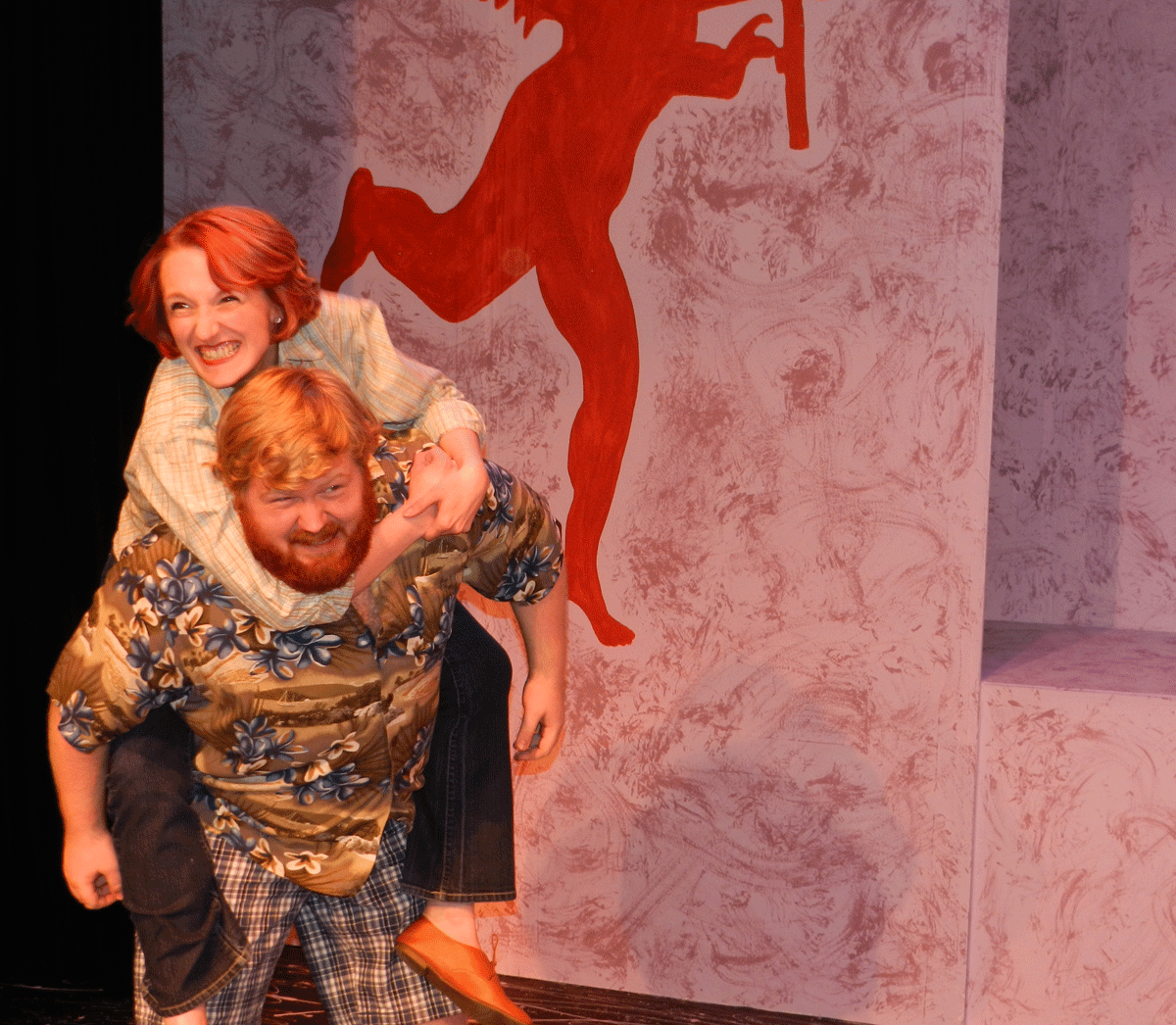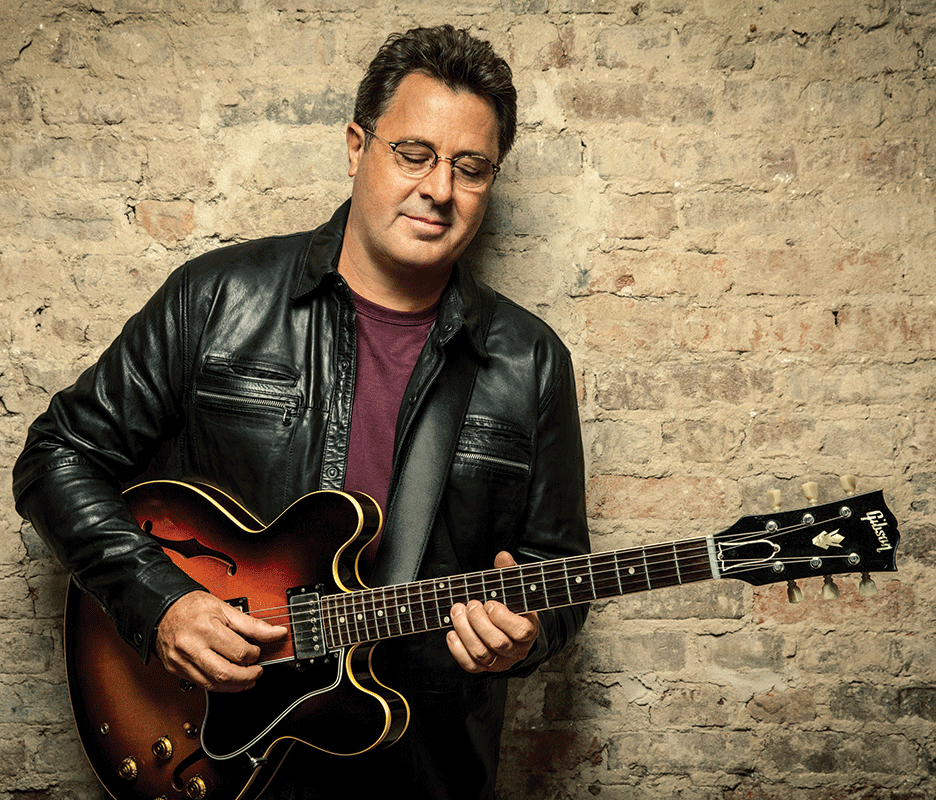One of the things I love about doing old plays (and since Shrew has been around 425 years, I’d call it an old play) is looking at the way societies have changed and adapted to new circumstances – and then attempting to see whether or not the play can be read and understood in a way that is still relevant. And I would argue if they do remain relevant, even though the play is living in a world far different from the one that it was created in, it is what we call a “classic.”
Such “classics” present its producer this problem (or do I mean this opportunity?): you have to ask whether the action of the play (what the characters do with, and to, one another) can still be staged in a way to shed light on how we live, work and behave now, in times and cultures which are far removed from the ones the play was created out of.
Shakespeare’s The Taming of the Shrew presents this problem to contemporary theater artists far more than any of his other 36 plays in the canon, with perhaps the exception of The Merchant of Venice.
I had the good fortune of acting in a production of Shrew two summers ago. And right around that time I had also seen productions of it at two professional theaters. These experiences convinced me there was a universal story to be told in this text that transcends the reputation it has gotten over the past 50 years: that it is “its a horribly flawed play rife with sexism.” What I started seeing was a play for all times about what it means to be in a relationship of equals who share their lives – namely, a marriage. I started to realize that to get to the end of the play, both Kate and Petruchio must be “tamed.” Their wild individualistic natures have to be tempered to accommodate the needs of the other. Both have to learn the lesson that in a marriage you side with your partner (regardless of whether they are right or wrong). In short, you sacrifice pieces of yourself and parts of your identity to make the union work. I came to believe that the story could be told with that message. Come see for yourself if we succeeded.
Oh, and one other thing I learned from the three experiences I had with the show: this play is really funny!
First Presbyterian Theater is proud to continue its 20-year tradition of having William Shakespeare on the boards once a season with a play that will be relevant as long as people continue to fall in love with each other. It features Halee Shutt as Kate and Zane Sade as Petruchio. The rest of the cast includes Nol Beckley, Austin Berger, Steve Bricker, Deborah Dambra, Karen Doehrman, Chase Francis, Jerry Hertenstein, James Hodgin, Sarah Hodgin, Jana Kern, Linda Jean Kirby, Scott McMeen, Joel Thomas Miller, and David Sorg. Costumes are by Jeanette Walsh, stage management by Bill Lane and the direction as well as set and light designs are by myself.
 Submit Your Event
Submit Your Event




